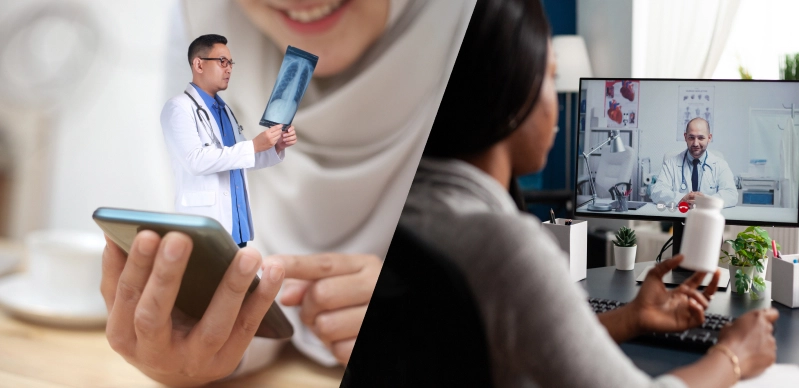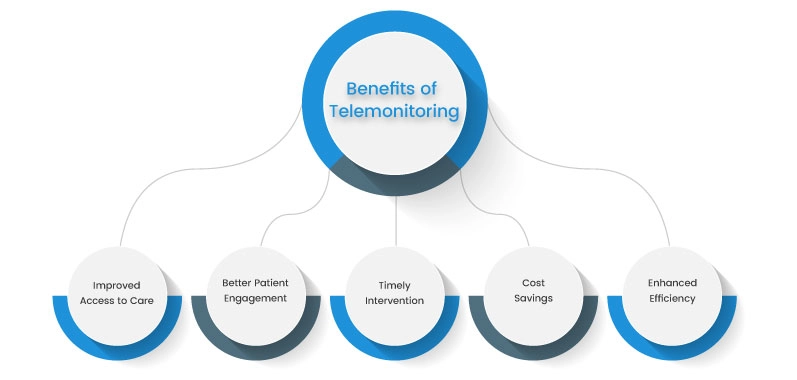

Gone are the days of frequent hospital visits and lengthy waits in crowded waiting rooms. Thanks to telemonitoring, patients now have the power to manage their health from virtually anywhere, with the support of their healthcare providers every step of the way. But what exactly is telemonitoring, and how is it revolutionizing the traditional healthcare model? Join us as we peel back the layers of this cutting-edge technology and discover how it’s shaping the future of healthcare delivery.
Telemonitoring, also known as remote patient monitoring (RPM), refers to the use of technology to monitor patients’ health status and vital signs from a distance. This innovative approach allows healthcare providers to track patients’ progress, manage chronic conditions, and detect any potential issues in real-time, all without the need for frequent in-person visits.
Through the use of various devices such as wearable sensors, smartphones, and connected medical equipment, telemonitoring enables patients to receive personalized care from the comfort of their own homes. By providing continuous monitoring and timely intervention, telemonitoring not only improves patient outcomes but also enhances efficiency and reduces healthcare costs.
Data Collection: Patients use various devices such as wearable sensors, blood pressure monitors, glucometers, or other medical equipment to collect relevant health data. These devices are often equipped with wireless or Bluetooth capabilities for seamless data transmission.
Telemonitoring has a wide range of applications in hospitals and other healthcare settings. Here are some of the most common use cases:
Telehealth plays a pivotal role in transforming the landscape of home health care, bringing convenience, accessibility, and efficiency to patients and healthcare providers alike. Through telehealth, patients can receive medical care, consultations, and monitoring services from the comfort of their own homes, eliminating the need for frequent trips to healthcare facilities.
This innovative approach not only enhances patient satisfaction but also improves clinical outcomes by facilitating timely interventions and personalized care plans. Additionally, telehealth enables healthcare providers to extend their reach beyond traditional boundaries, catering to patients in remote or underserved areas. By leveraging technology such as video conferencing, remote monitoring devices, and secure messaging platforms, telehealth empowers patients to actively participate in their own care while ensuring continuous communication and support from their healthcare team. Overall, the role of telehealth in home health care is paramount, offering a holistic approach to wellness that prioritizes convenience, quality, and patient-centricity.

Telemonitoring is rapidly changing the way healthcare is delivered, with its impact being felt across various aspects of the industry:
Talk to an Expert Now